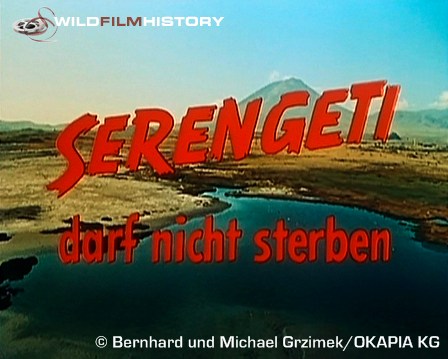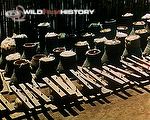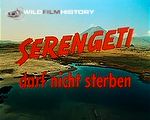Serengeti Shall Not Die
(1959)
Also known as: Serengeti Darf Nicht Sterben

Described by legendary wildlife filmmaker Alan Root as, “perhaps the best-known and most influential wildlife film ever made”, Serengeti Darf Nicht Sterben (Serengeti Shall Not Die) is an intimate and evocative account of the wildebeests’ yearly migration.
Hoping one day the legal boundaries of Serengeti National Park would encompass the entire movement of these massive herds, renowned German conservationist Professor Bernhard Grzimek, and his son Michael, researched the route of the thundering herds. Serengeti Darf Nicht Sterben is widely credited with alerting the world to the plight of Africa's wildlife, the Grzimek’s aerial census bringing to life the dwindling numbers of numerous species.
A deeply moving portrayal, a young Alan Root was brought on board to help with filming, and eventually finished the film after Michael’s tragic death. Skillfully highlighting the epic beauty of this varied land, and the desperate need to protect its majestic inhabitants, the production was awarded an Oscar for Best Documentary Feature in 1959. Despite The Motion Picture Academy reportedly threatening to deny the award unless two lines of narration, pleading for the preservation of nature, were omitted, it is now well remembered for its powerful conservation message.





